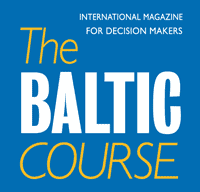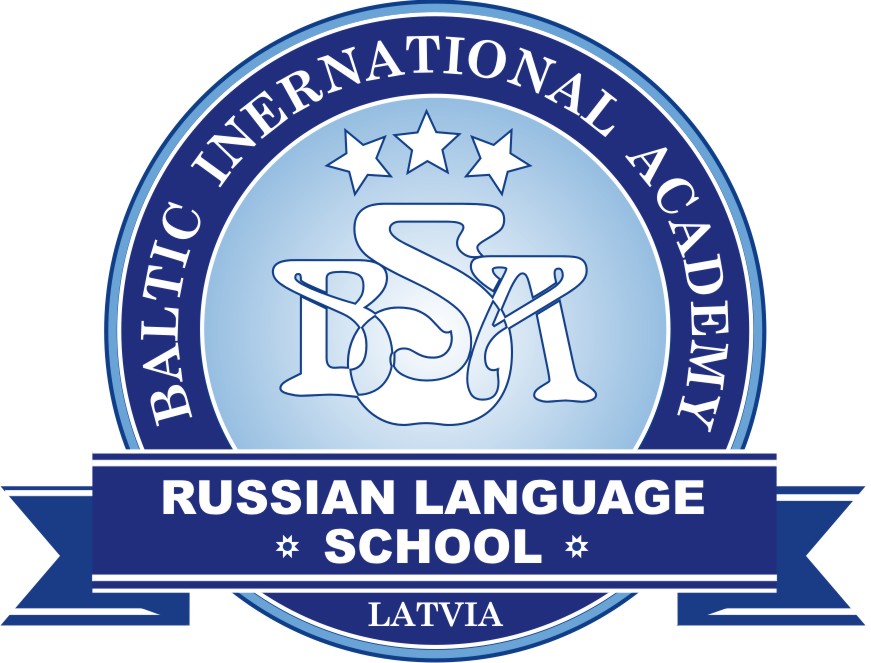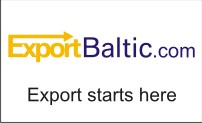Other events in Baltic States
International Internet Magazine. Baltic States news & analytics
Sunday, 06.07.2025, 08:34
Jaan Elken’s exhibition “Strawberry Fields Forever” in Riga
 Print version
Print version
Jaan Elken's exhibition „Strawberry Fields Forever“ is based on his earliest memories in Russia, more specifically in Daursky in Krasnoyarsk Krai where his family was deported to from Estonia in 1949. Those memories, or the memories of the memories, are supported by a few old photos at the exhibition, depicting landscapes where the best years of the lives of Elken's parents went by. Jaan Elken's father Laos-Rudolf Elken as a photographer took photos also of his wife Linda and his toddler son. A black-and-white photograph shows how a young woman, wearing her Sunday best, is working their little garden while a little boy next to her is engaged in something. If you wish, this field from the past can be called Strawberry Fields. There are three photographs, and a three-minute-long video presenting all time favourites by John Lennon. Already before entering the gallery, the viewer can witness a middle-aged man in a white shirt through the window. When the video ends, he will stand in front of an empty canvas in Jesus Christ's pose, informed the Gallery Bastejs.
Jaan Elken's paintings fill the gallery with their field.
Juta Kivimäe, art historian, The Art Museum of Estonia
Jaan Elken (b. 1954) is one of the socially most active artists in Estonia. He is a professor at Tartu University, teaches painting at the Estonian Academy of Arts, is president of the Estonian Artists’ Association for the second term of office.
Qualified as a professional architect, Jaan Elken made his entrance into Estonian art of painting in the second half of the 1970’s. His hyperrealistic hits of that time, depicting new suburban areas, received a number of young artist awards in the first half of the 1980’s.
A personal experience, sociality perceived through the individual memory prism, is often an important impulse for the birth of his works. But today his former “urbanism” is replayed with new abstract instruments.
The author has compared the birth of such works to parallel montage, used in movie-making, referring to subconscious images of the past, which serve as a screen for flashes in the modern language of painting and graffiti.
The iconography of Jaan Elken’s paintings is nervously aggressive and ambitiously trespassing, reminding of the new media exploited by mass culture, with no connections with the art of painting, which is why his style has also been called “graffiti-abstractionism”. The new graffiti-motifs in Estonian painting imported verbal connotations to paintings and this has remained the hallmark of his works until today.
Elken has linked his unique intuitive language of painting with “local daily mythology and the colours and symbols which instantly associate with the signs of the communist past in international social consciousness”.
According to the Author he has, for years, knowingly moved towards autobiographic subject-matter. There are paintings, which, either directly or indirectly, work as billboards of human suffering repeatedly occurring in history, of the anonymous pain of people, of the saddening story of his family.
At the same time the work also serves as a retrospect of all this dramatic injustice, to which our small nation was subjected half a century ago and which, to this very day, has not been reflected in Estonian art.
Juta Kivimäe, Art historian, The Art Museum of Estonia









 «The Baltic Course» Is Sold and Stays in Business!
«The Baltic Course» Is Sold and Stays in Business!

